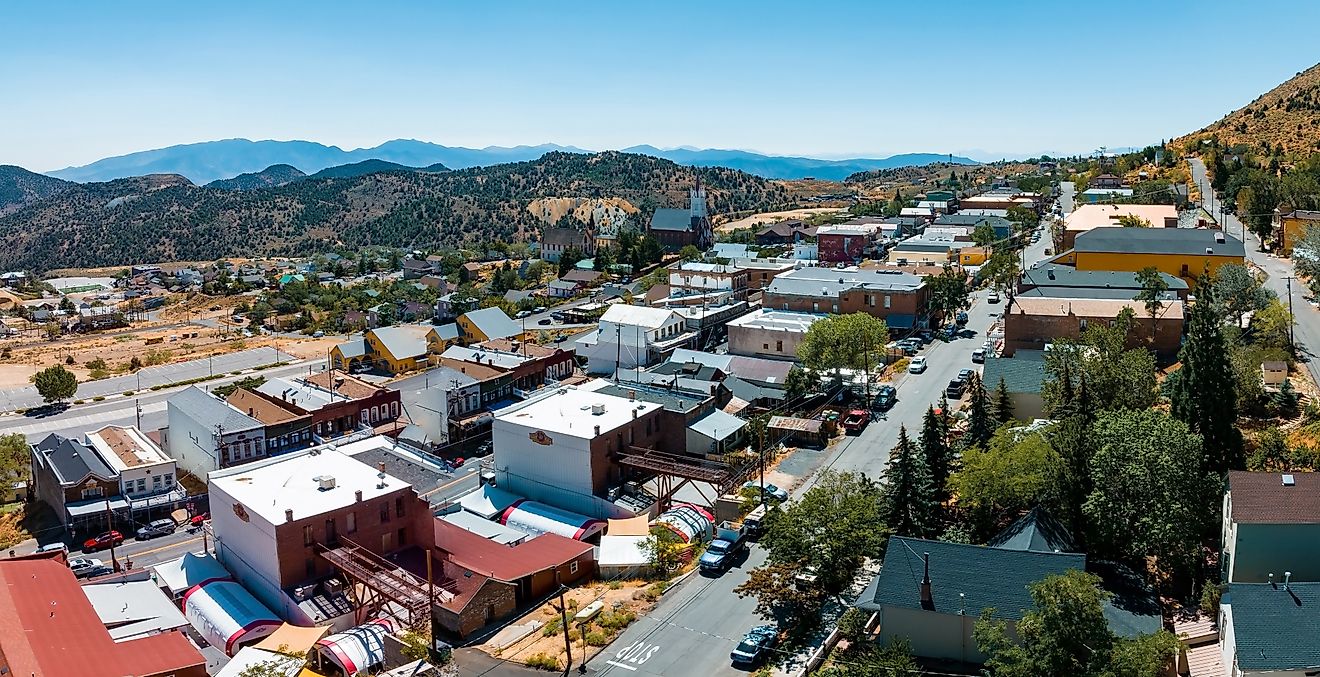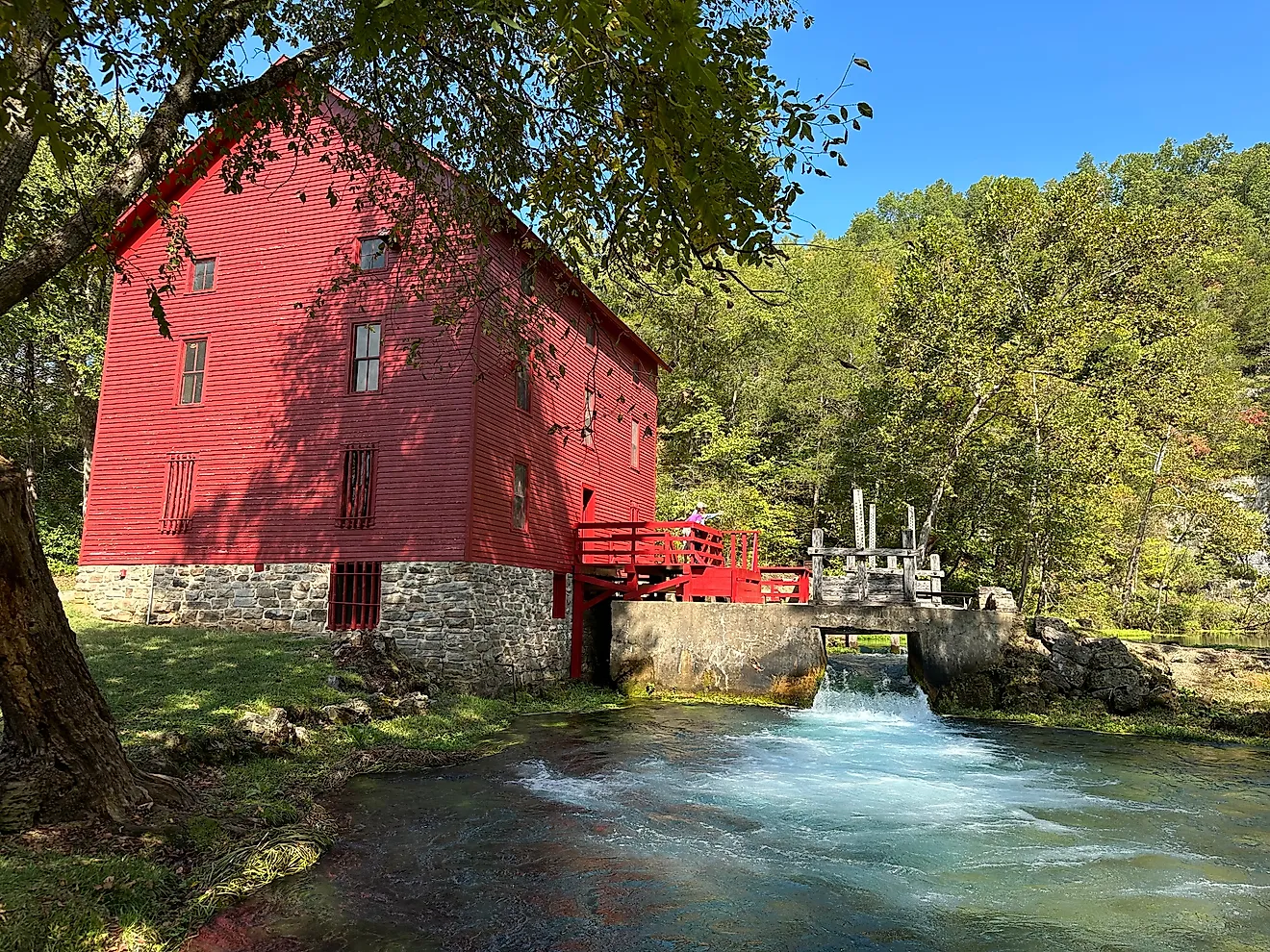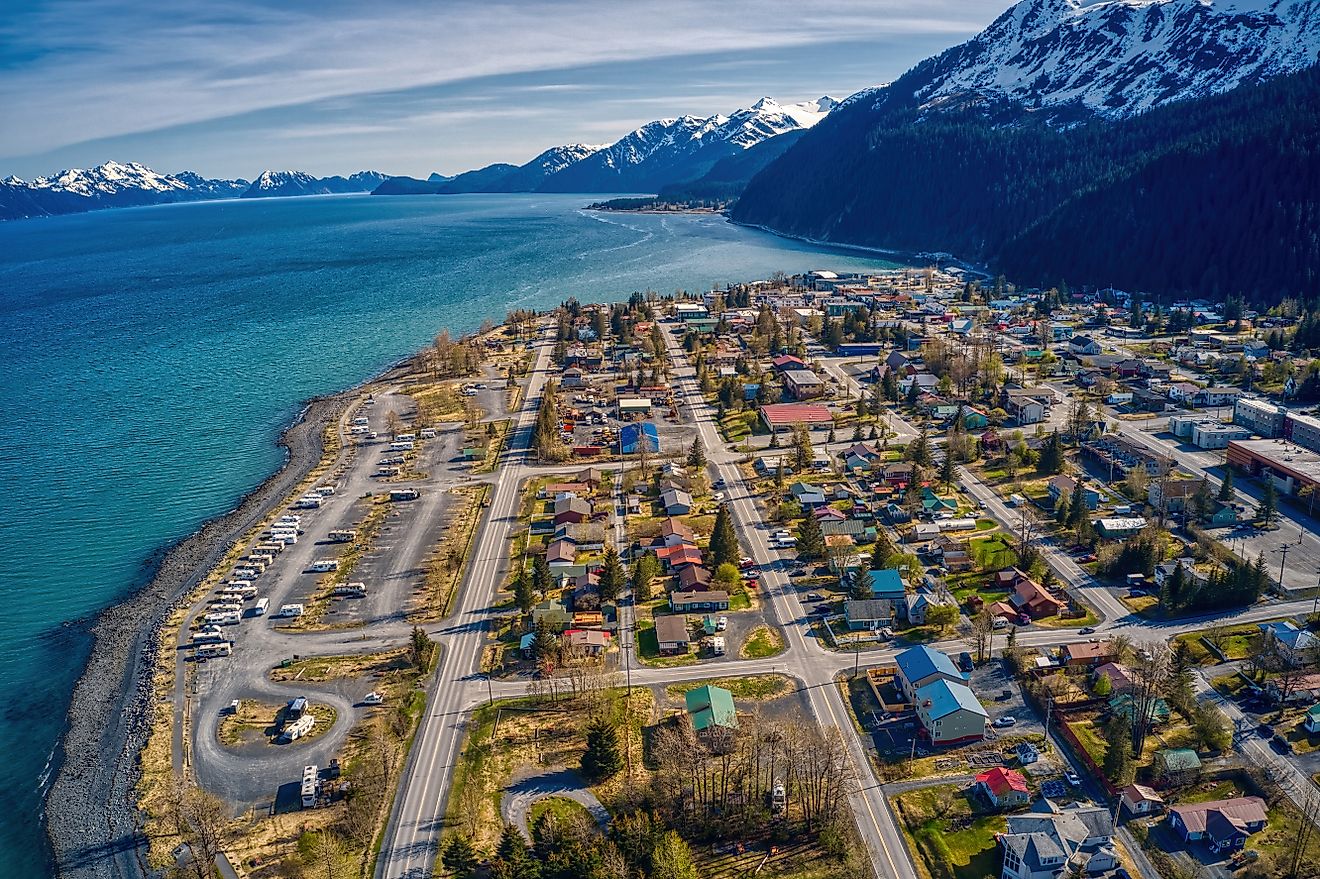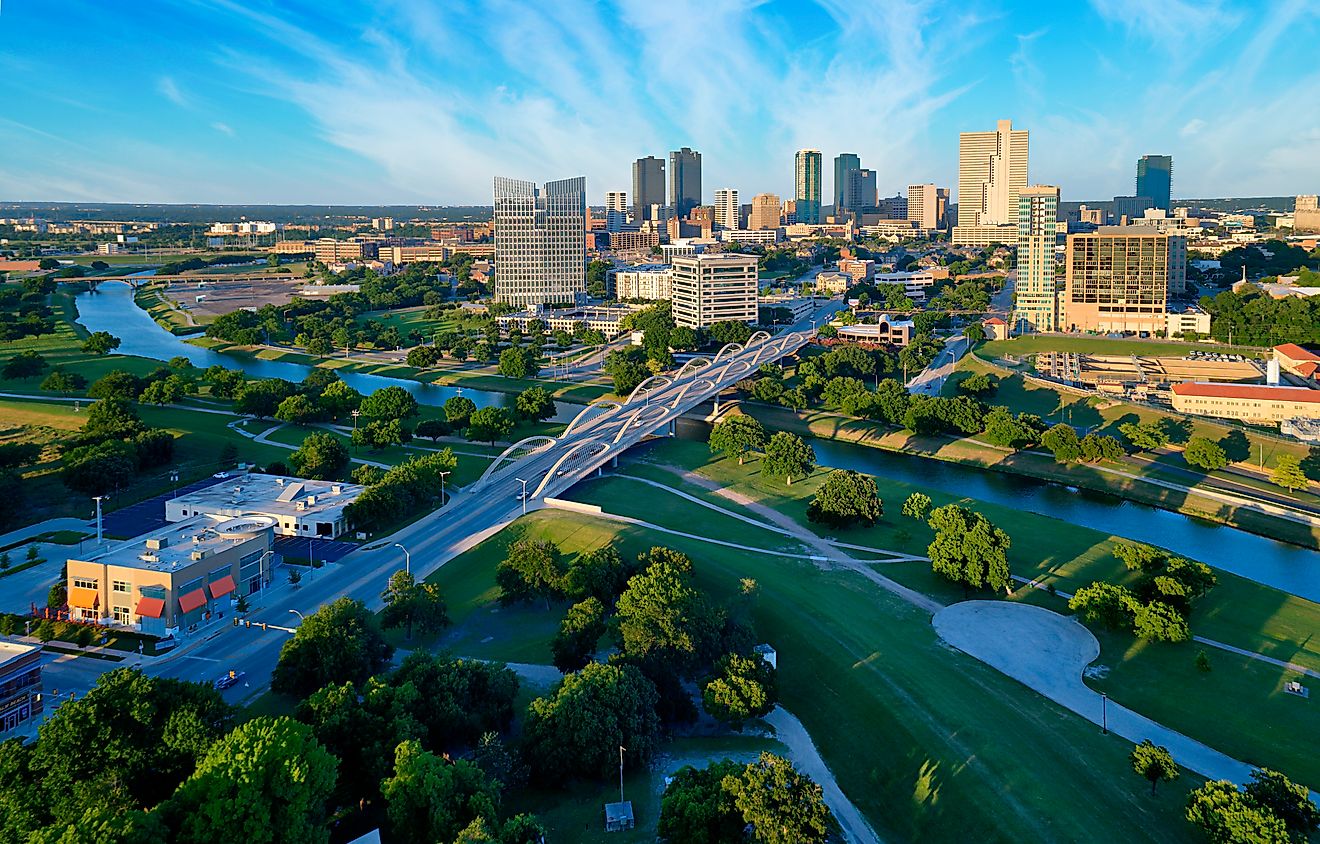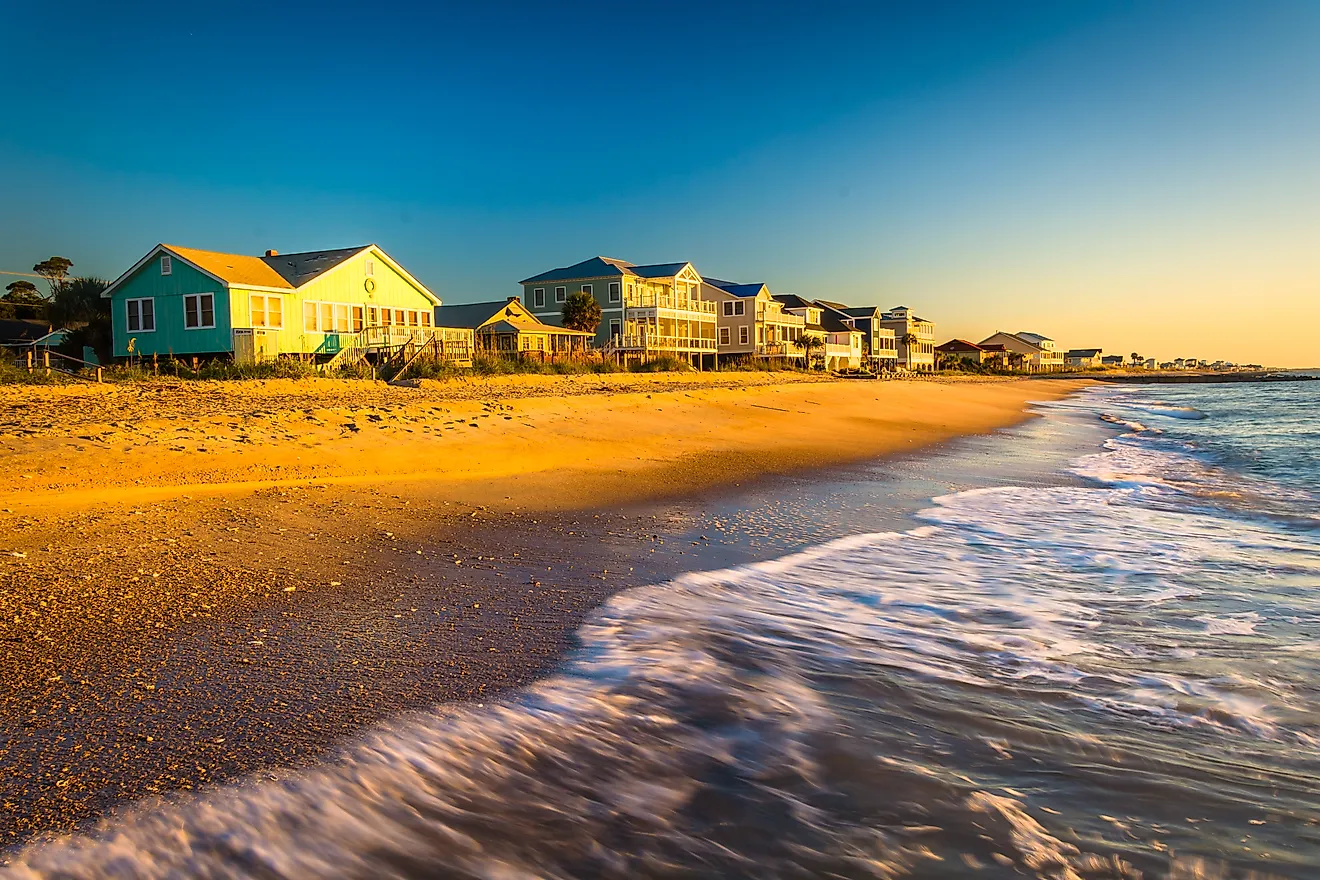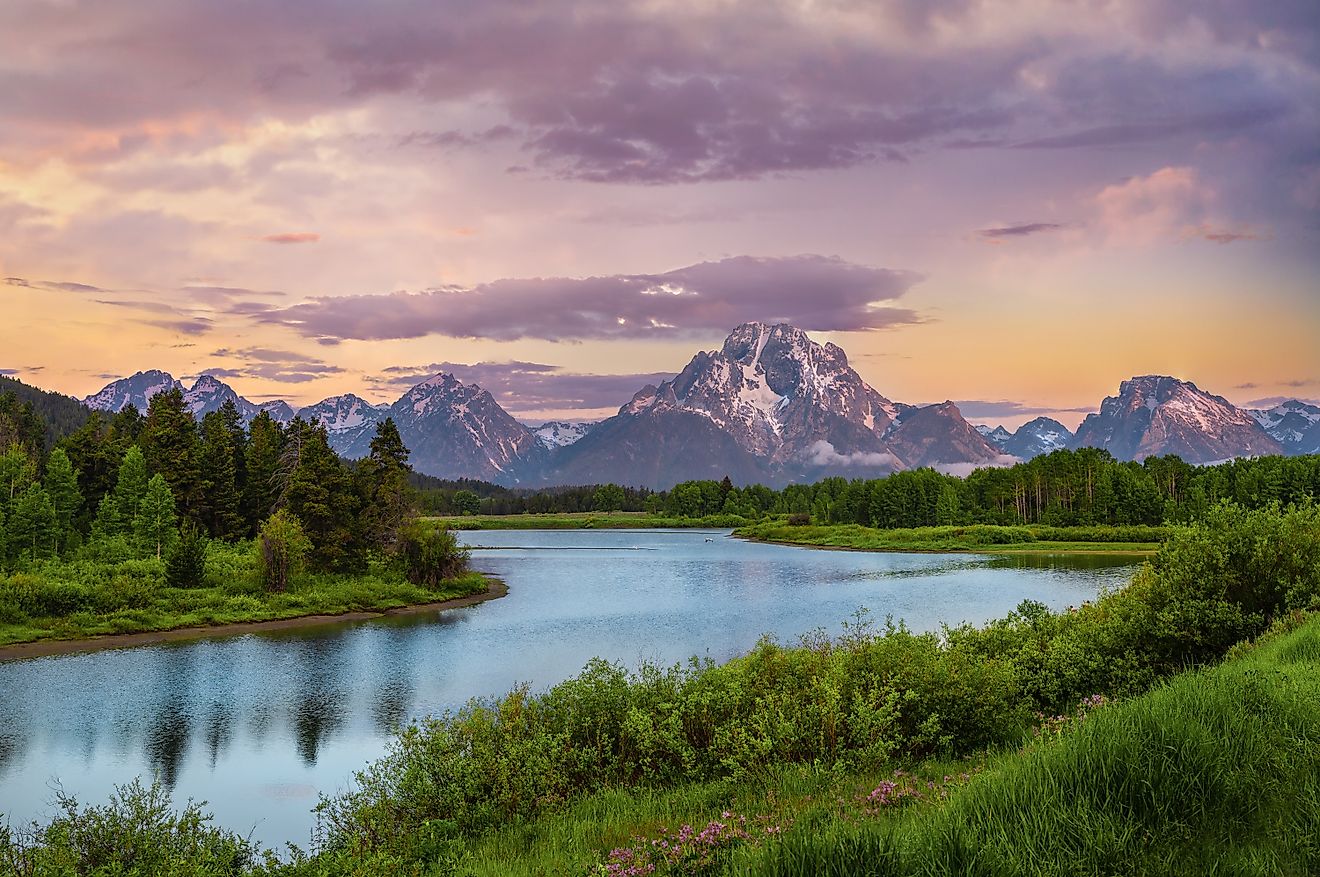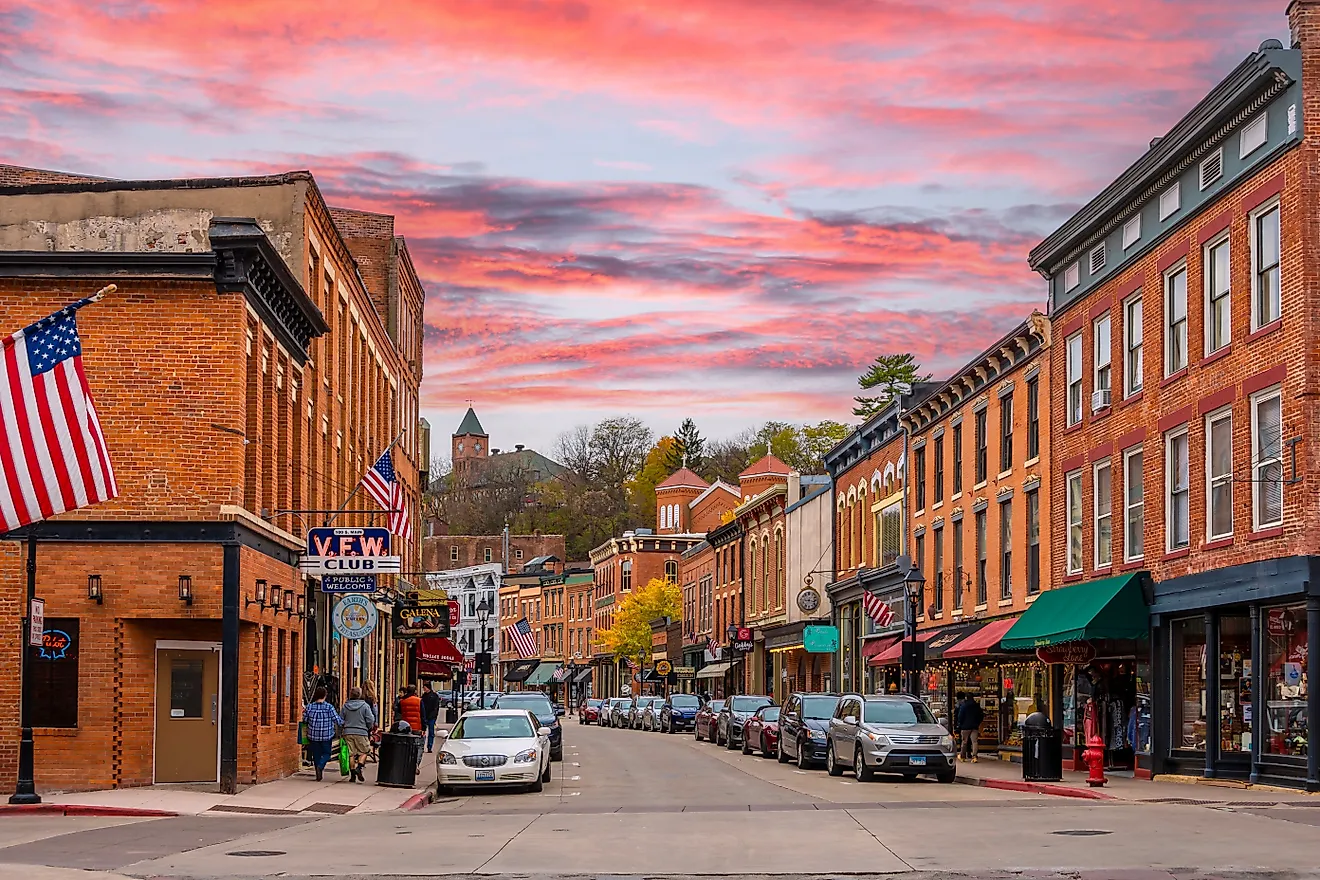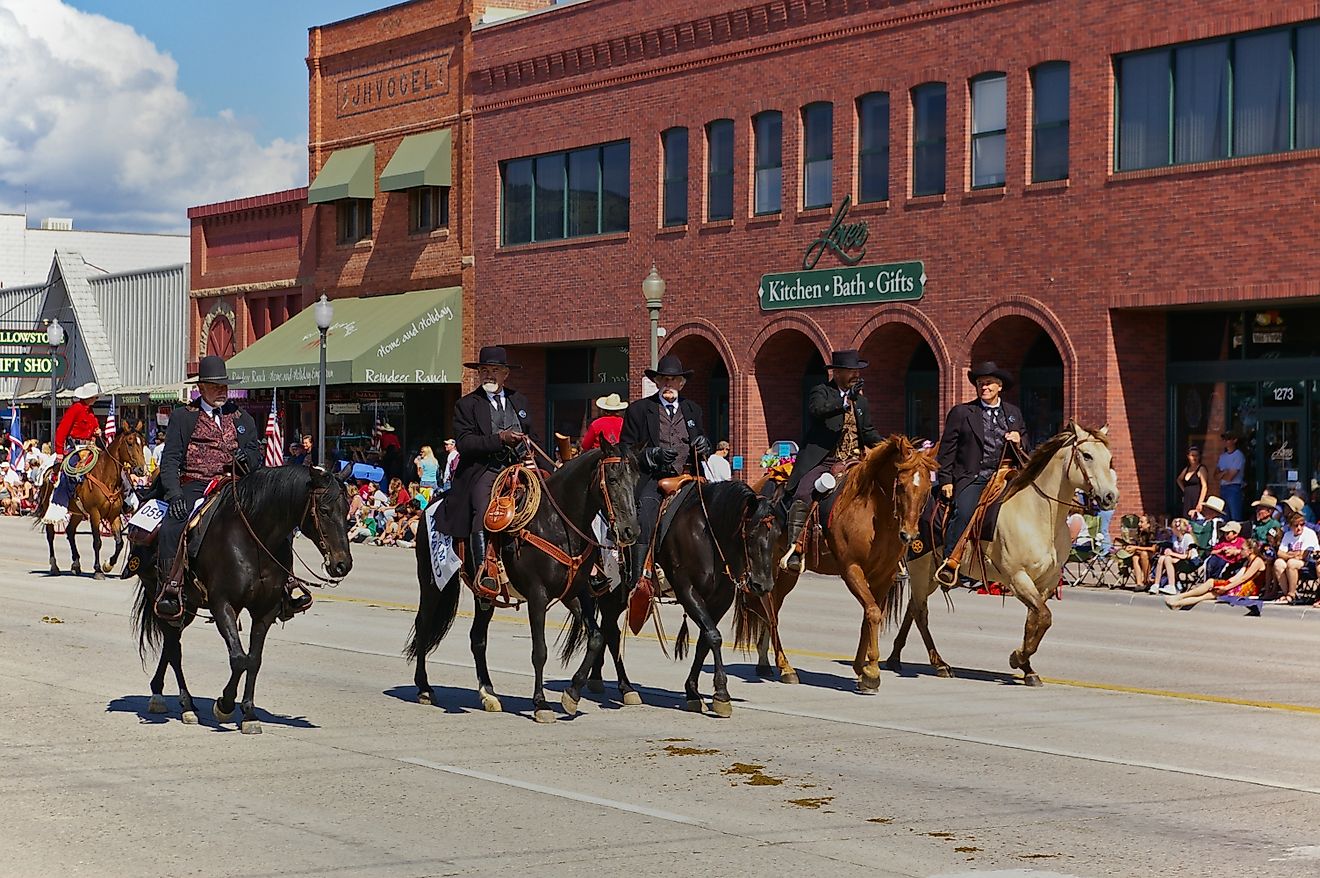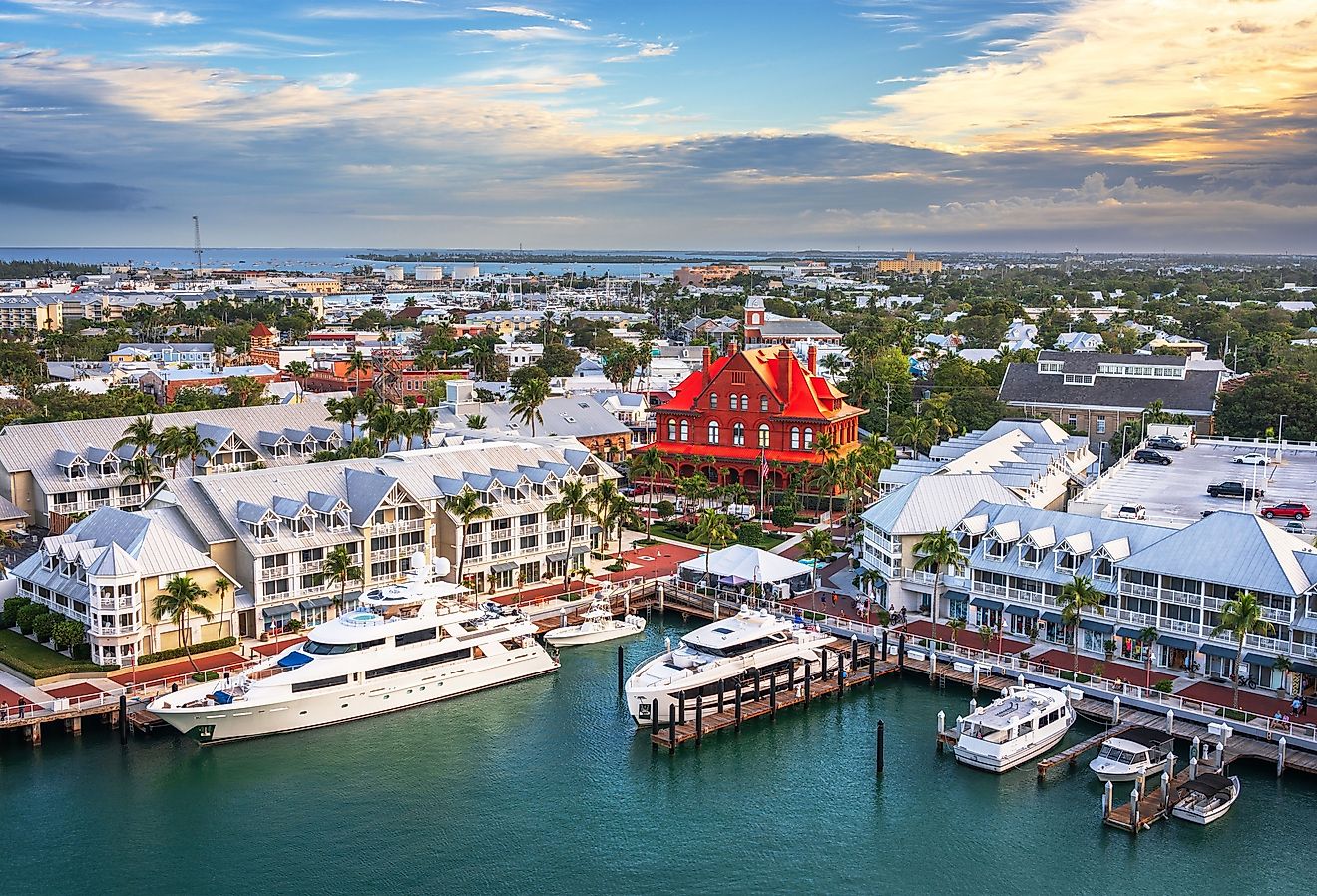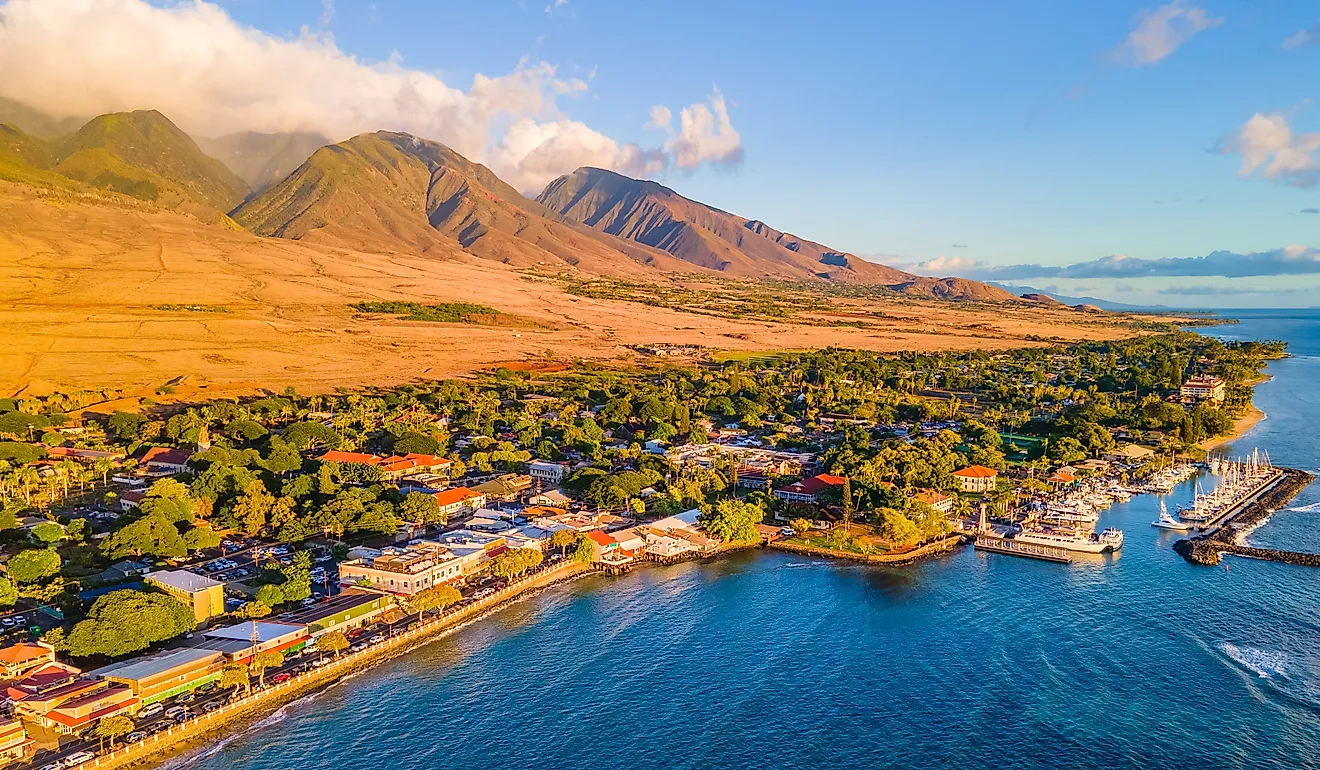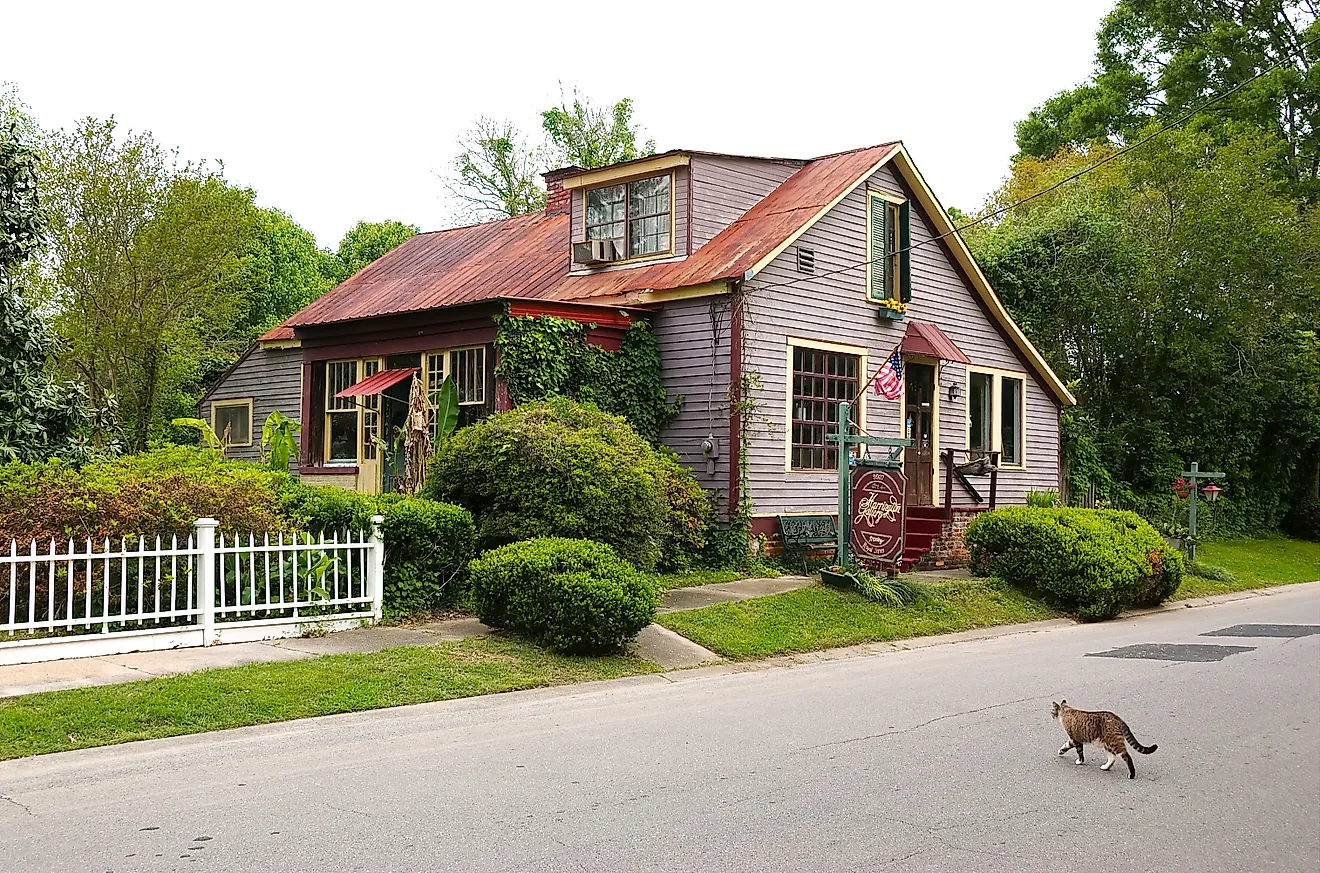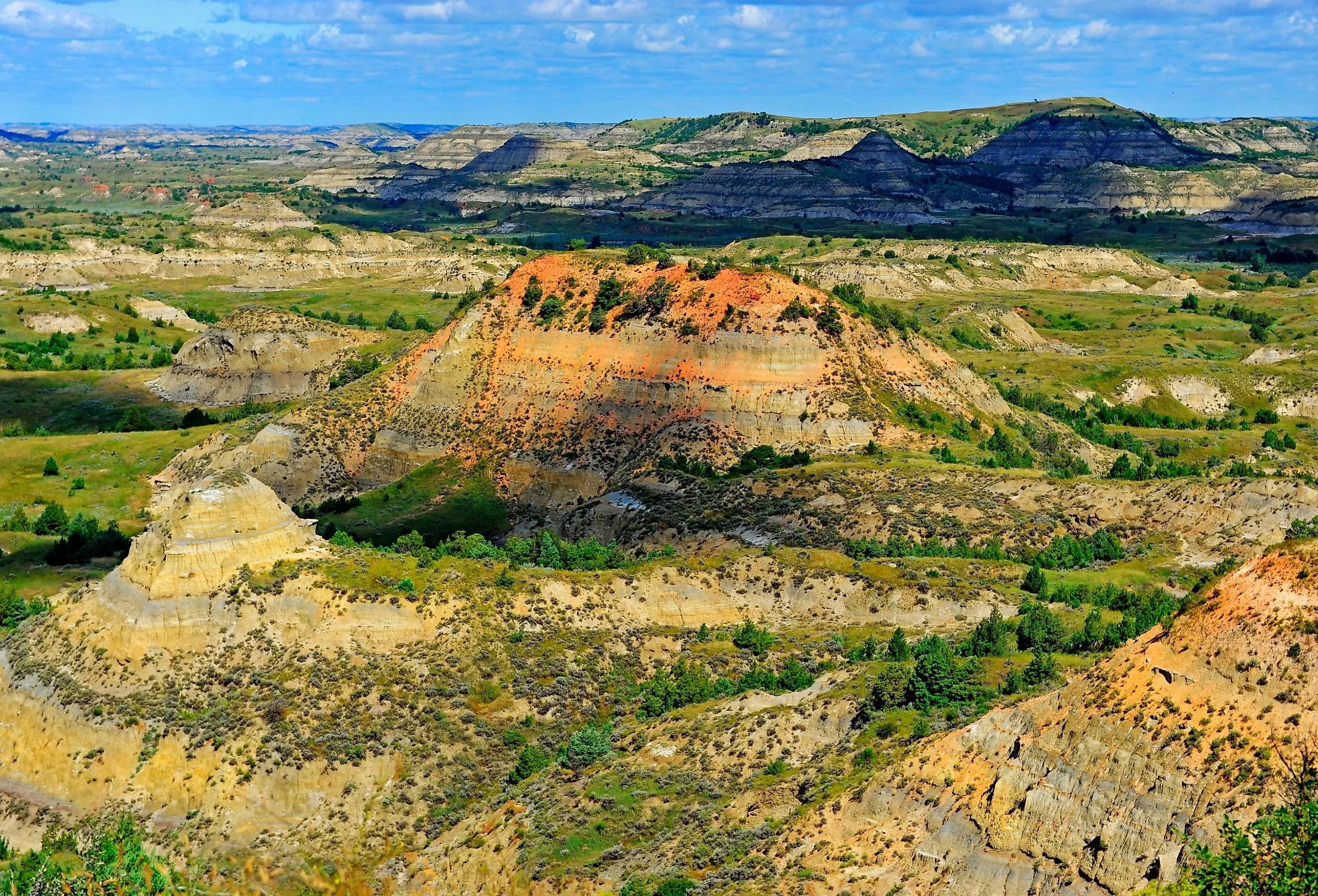
5 Best Natural Wonders To Visit In North Dakota This Year
North Dakota’s wild beauty often surprises visitors, offering more than endless prairies and open skies. Across the state, striking Badlands, rolling grasslands, and hidden gorges reveal a landscape shaped by time and untouched by overdevelopment. From the rugged canyons of Theodore Roosevelt National Park to the forested cliffs of Pembina Gorge, each wonder highlights a different side of the Peace Garden State. Here are five unforgettable natural wonders to add to your North Dakota travel list this year.
Theodore Roosevelt National Park
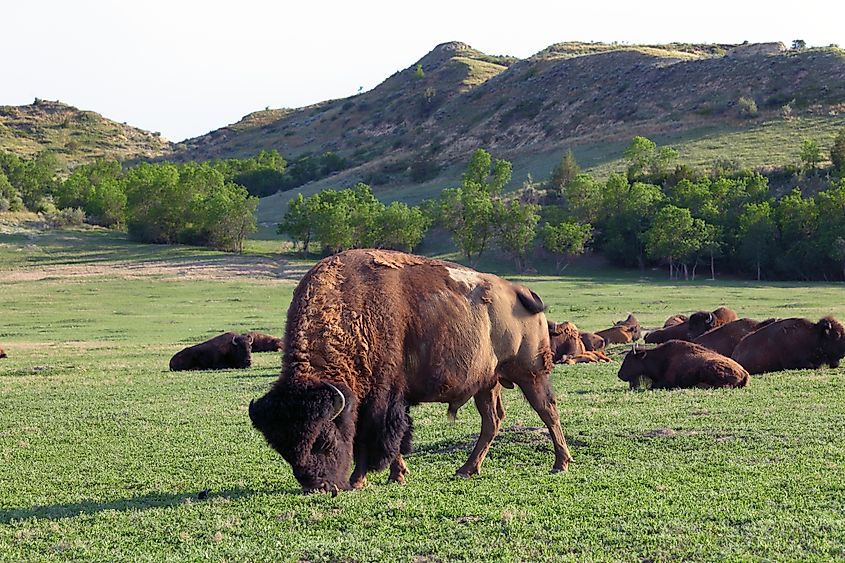
Theodore Roosevelt National Park showcases the rugged beauty of North Dakota’s badlands, with colorful rock layers, deep canyons, and sweeping prairies that provide a dramatic backdrop for abundant wildlife. Bison, elk, prairie dogs, and countless bird species roam the park’s 70,446 acres, while visitors enjoy scenic drives, horseback riding, stargazing, and nearly 100 miles of hiking trails. The South Unit features the Painted Canyon and the Maltese Cross Cabin, while the North Unit offers backcountry treks with panoramic views. Roosevelt’s Elkhorn Ranch, though remote, preserves the foundations of his beloved home.
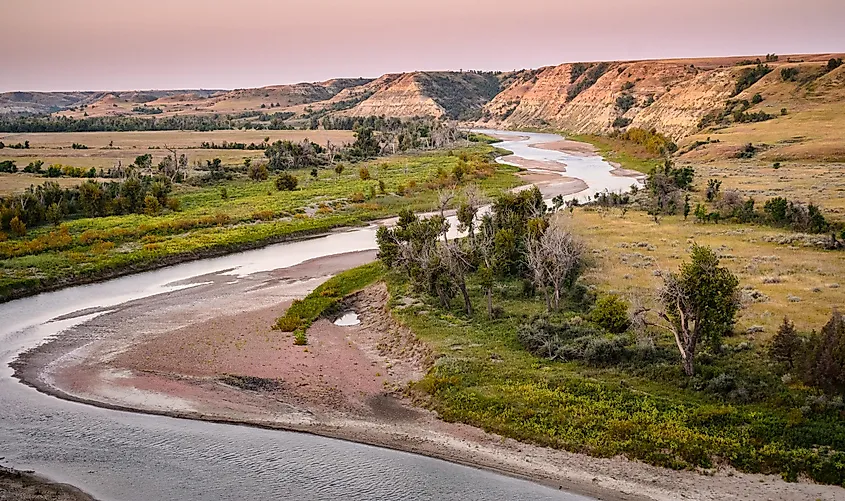
The park holds a special place in American history as the only national park named after a single person, honoring Roosevelt’s time in the Dakota Territory and the conservation legacy it inspired. With wildflower blooms in early summer, golden grasses in fall, and snow-covered landscapes in winter, any season is a good time to experience the beauty of the badlands.
Sheyenne National Grassland
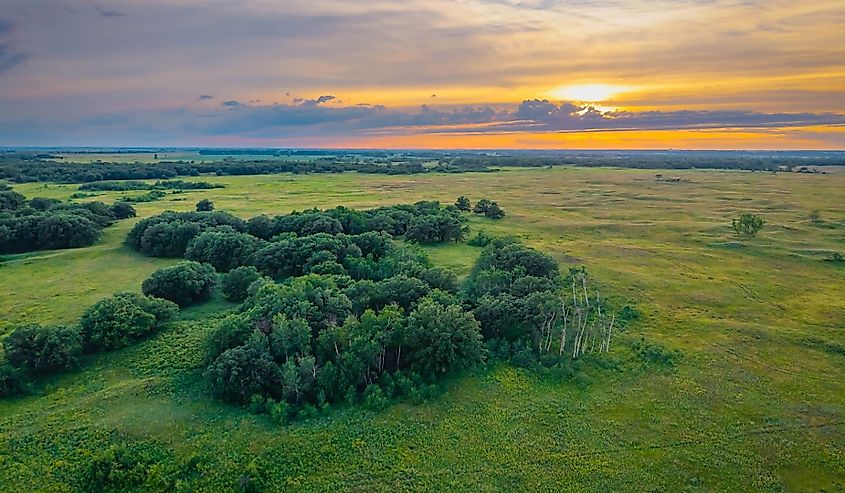
Sheyenne National Grassland in southeastern North Dakota spans more than 70,000 acres of public land intermingled with private holdings, creating a rare landscape shaped by an ancient river delta of glacial Lake Agassiz. Over time, wind and water carved the area into rolling sand dunes and broad plains, forming the only national grassland within the tallgrass prairie region of the United States. Its diverse terrain supports a wide variety of ecosystems, making it a haven for both plants and wildlife.
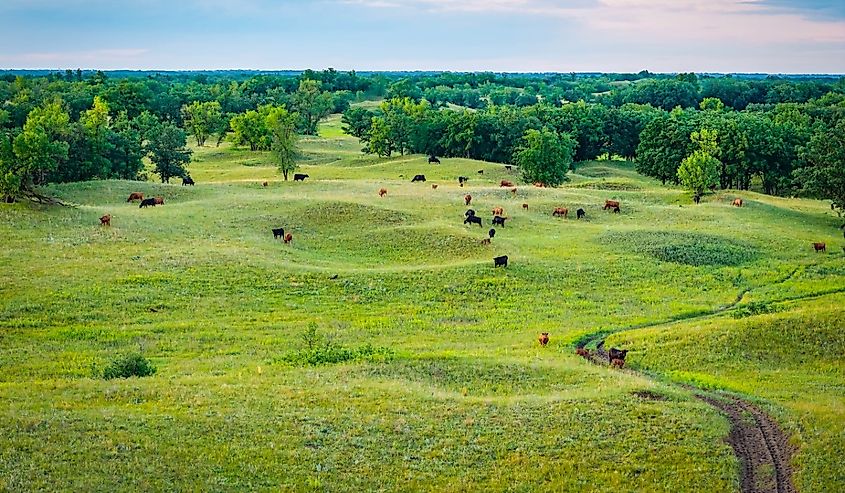
This grassland is significant as a refuge for greater prairie chickens and sensitive species like the Dakota skipper and Regal Fritillary. It also shelters one of the largest populations of the threatened western prairie fringed orchid, alongside other rare orchids and ferns. With its mix of open prairie and dune landscapes, Sheyenne offers an exceptional glimpse into North Dakota’s natural heritage. The best time to visit is late spring through early summer.
Pembina Gorge
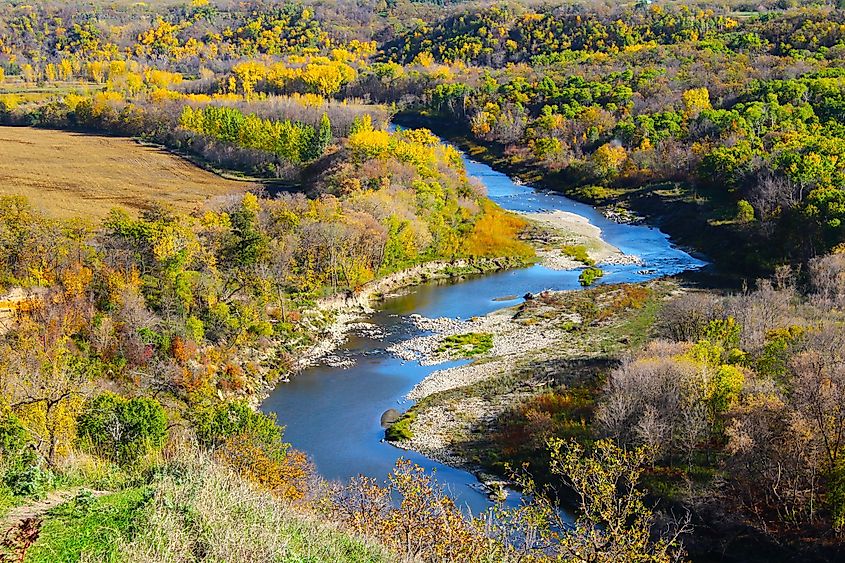
Pembina Gorge State Recreation Area, located six miles west of Walhalla, is a striking natural destination carved by the Pembina River. Visitors can enjoy kayaking along the winding waterway or explore an extensive trail system designed for hiking, horseback riding, mountain biking, and off-road vehicles. Opened in 2012, the area is set to gain even greater recognition as it transitions into North Dakota’s 14th state park, with development already underway.
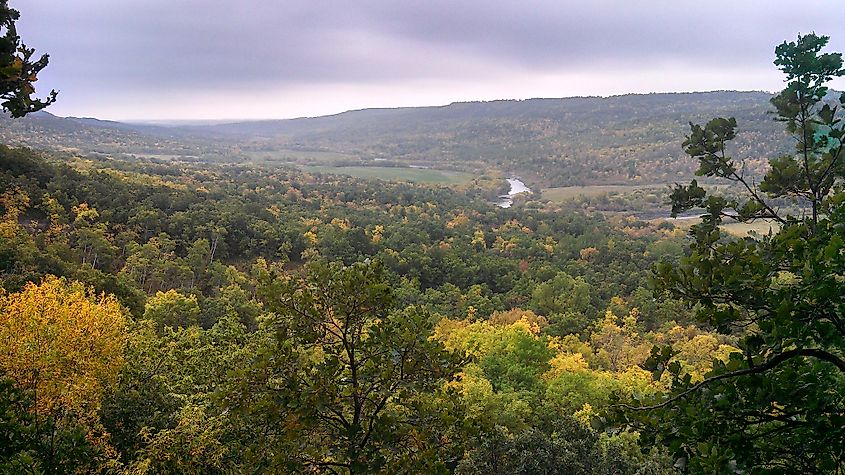
Ecologically rich, Pembina Gorge supports the highest concentration of rare species in the state. It harbors 21 animal species and 30 plants not found elsewhere in North Dakota, alongside more than 480 vascular plant species—nearly a third of the state’s total flora. With its rugged landscapes, thriving biodiversity, and recreational opportunities, the gorge is both a natural wonder and a conservation treasure. The ideal season to explore is from late spring into early fall, when the river runs clear, wildflowers are in bloom, and the trail system is fully open for outdoor adventures.
White Butte
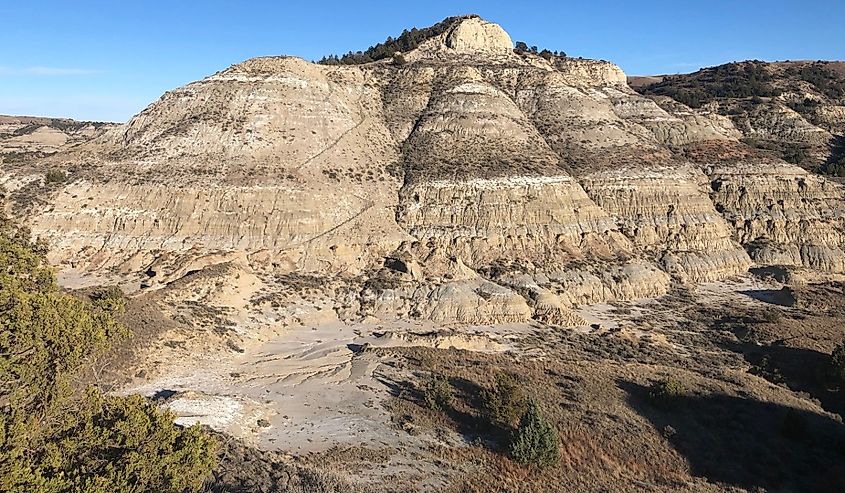
White Butte, rising 3,506 feet above sea level, is the highest natural point in North Dakota. Located in Slope County within the rugged Badlands, this striking butte offers hikers a rewarding 4-mile round trip to the summit with expansive views across the Little Missouri National Grassland. The site is privately owned by the Dennis family, who maintain the area and request a small donation from visitors to help with upkeep.
Standing taller than the nearby Killdeer Mountains, White Butte holds a special place for adventurers seeking the state’s ultimate high point. Its location about 35 miles south of Theodore Roosevelt National Park makes it a fitting stop for those exploring western North Dakota. The best time to visit is May through September, when trails are clearest, the weather is mild, and the sweeping Badlands scenery is at its most dramatic.
The Little Missouri National Grassland
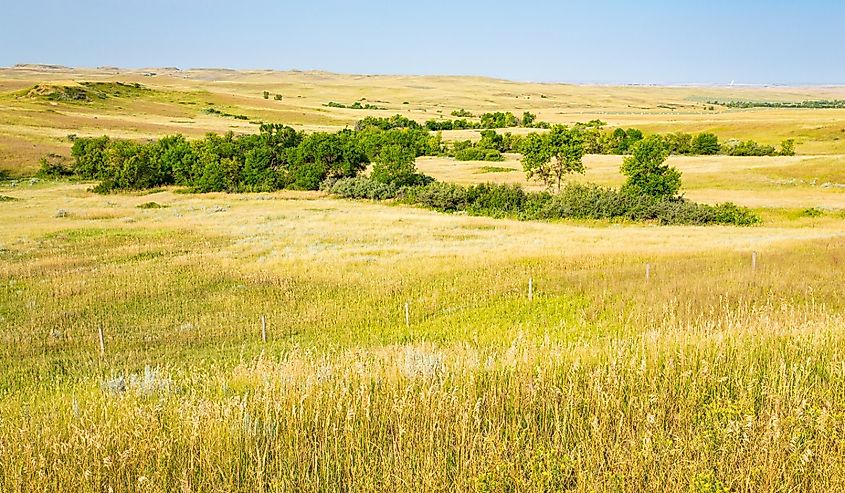
The Little Missouri National Grassland spans more than one million acres, making it the largest national grassland in the United States. Its sweeping landscape of mixed-grass prairie is shaped by striking badlands carved by wind and water over millions of years. The Little Missouri River winds through the rugged terrain, while White Butte, the state’s highest point, rises in its southeastern corner. Enclaved within the grassland is Theodore Roosevelt National Park, adding even more scenic and ecological richness.
Managed by the US Forest Service as part of the Dakota Prairie Grasslands, the area supports both wildlife habitat and cattle grazing on leased lands. Visitors encounter colorful formations, open plains, and abundant opportunities for hiking, camping, and photography. The best time to explore is late spring through early fall, when wildflowers brighten the prairie, trails are most accessible, and the dramatic badlands reveal their full spectrum of color under clear skies.
Explore North Dakota’s Natural Wonders This Year
North Dakota’s natural wonders capture the spirit of the Great Plains while showcasing landscapes as diverse as canyons, buttes, and sprawling grasslands. Whether hiking through Theodore Roosevelt National Park, standing atop White Butte, or exploring the lush trails of Pembina Gorge, each destination offers a chance to experience the state’s wild beauty up close. Plan your visit during the warmer months, and you will see why these five places belong on every adventurer’s list this year.
